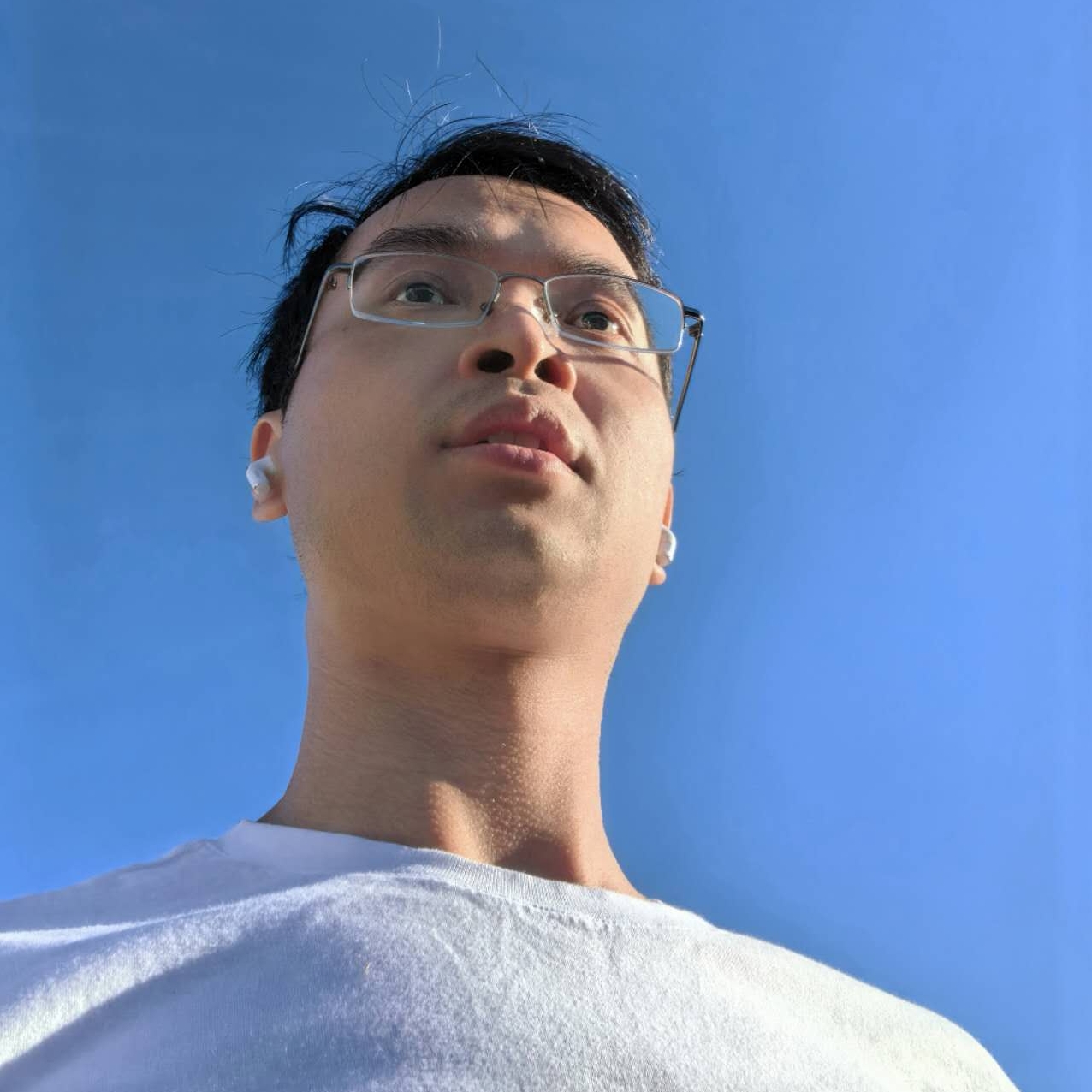iℏ∮dͩ𝛑•💕
Never Give Up♾️Never Lose Hope

“Nature is the realization of the simplest conceivable mathematical ideas.”
— Albert Einstein
I hold a Ph.D. in Physics with a specialization in experimental research on fundamental quantum gases. This challenging and dynamic field provides me with the comprehensive knowledge and experimental skills required to delve into the mysteries of nature. My research centers on the fundamental principles of superfluidity and superconductivity across various temperatures.
Quantum physics has been a lifelong passion, one to which I have dedicated years of study, mastering its core principles and exploring the intricate physical world it describes. Through rigorous research, I have developed expertise in conducting advanced quantum experiments, including building and operating sophisticated devices—circuitry, lasers, and optical spectrometers—alongside performing hyperfine spectroscopy to trap, cool, manipulate, and probe atomic quantum states.
In addition to my physics background, I am an experienced software engineer with a strong grounding in engineering principles. This dual expertise empowers me to design and implement complex software systems. My computer science interests, particularly in computer vision and machine learning, have led me to develop a range of research tools for the scientific community. These skills are instrumental for running simulations and building essential software that advances my research and contributes to the broader field.
news
| May 28, 2019 | Presentation at 50th Annual Meeting of the APS Division of Atomic, Molecular and Optical Physics APS Meeting Presentation: The Structure of Polarized Vortices in the Unitary Fermi GasAbstract: Fermionic superfluids do not generally support polarization, and the nature of the ground state of a slightly polarized unitary Fermi gas remains an open question. However, vortices naturally support polarization since the pairing gap vanishes in the core of superfluid vortices. The structure of a polarized vortex is not well understood, and may have some interesting properties. To study the microscopic structure of a vortex, we use a density functional theory called the asymmetric superfluid local density approximation (ASLDA) to simulate how vortexes interact, evolve and how energy transfers between paired and unpaired particles. In this talk, I will discuss the structure and properties of polarized vortices using the ASLDA, and how these related to polarized phases through the Thomas-Fermi (TF) approximation.
|
|---|---|
| Jun 02, 2017 | Presentation at 18th Annual Meeting of the APS Northwest Section Presentation: Arbitrary Dipole Potentials with Controllable Intensity and PhaseAbstract: Optical dipole potentials are a very flexible tool to manipulate the dynamics of ultracold atoms. Here we use a digital micromirror device (DMD) to generate dipole potentials with customizable shape, phase and temporal control. Schemes to generate binary patterns in both the image plane and the Fourier plane are implemented. Distortions in the laser wavefront are removed using a phase front correction scheme in the Fourier plane. The Binarized Gerchberg-Saxton algorithm for generating binary hologram using a DMD will also be discussed.
|
| May 12, 2016 | Poster: 17th Annual Meeting of the APS Northwest Section Optical Dipole Potentials Using a Digital Micromirror DeviceAbstract: Ultra-cold atoms, trapped in arbitrary shaped miniaturized potentials, have interesting applications in many body physics, quantum information etc. Here we use a digital micromirror device (DMD) as a spatial light modulator to generate arbitrary dipole potentials with controllable intensity. DMDs are fast, flexible and economical. Such a device may be very useful for a wide range of Bose Einstein Condensate (BEC) experiments where control over the profile of the light source is required. In order to generate a desired dipole potential, the DMD is controlled by a software system which is being developed in house such that pattern design and simulation work efficiently. It also implements algorithms for other general experimental purposes such as intensity modulation for uniform beams, automatic light profile compensation for non-uniform beams and optical setup assistance. Here we present the current progress of our DMD project aimed towards BEC experiments and discuss the capabilities and limiting factors.
|